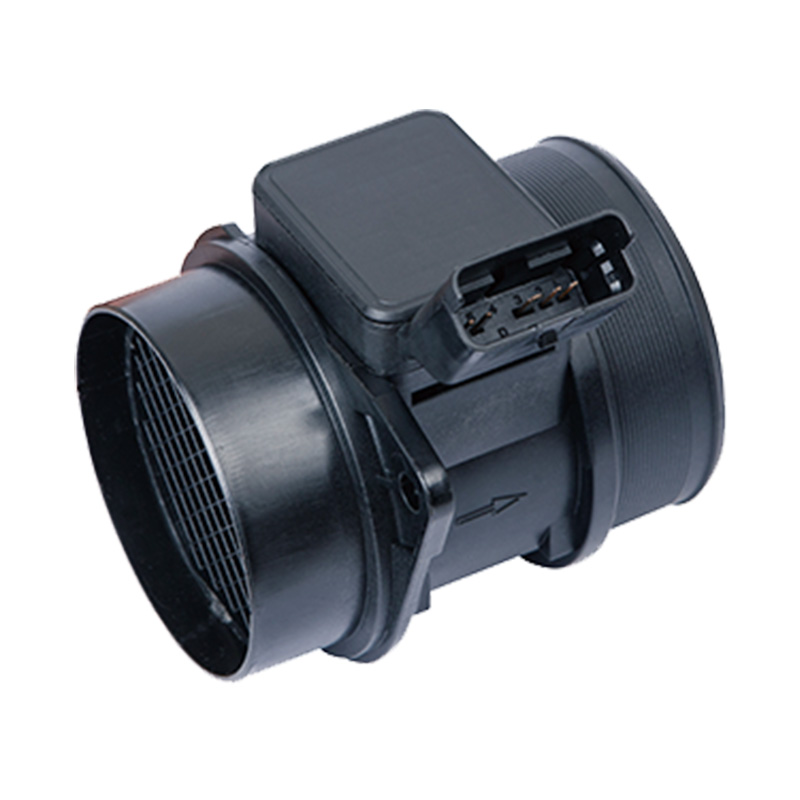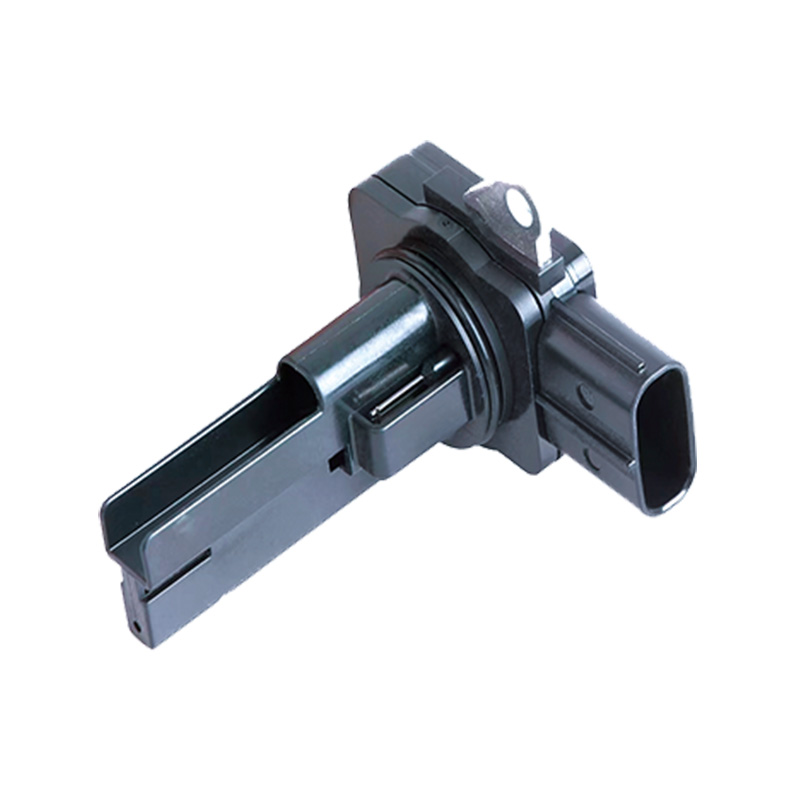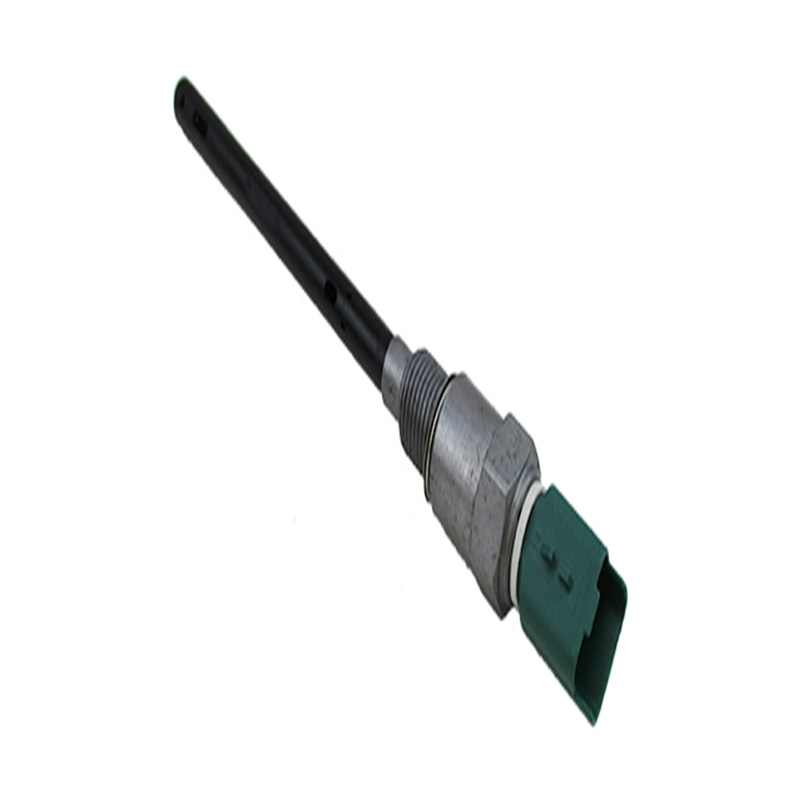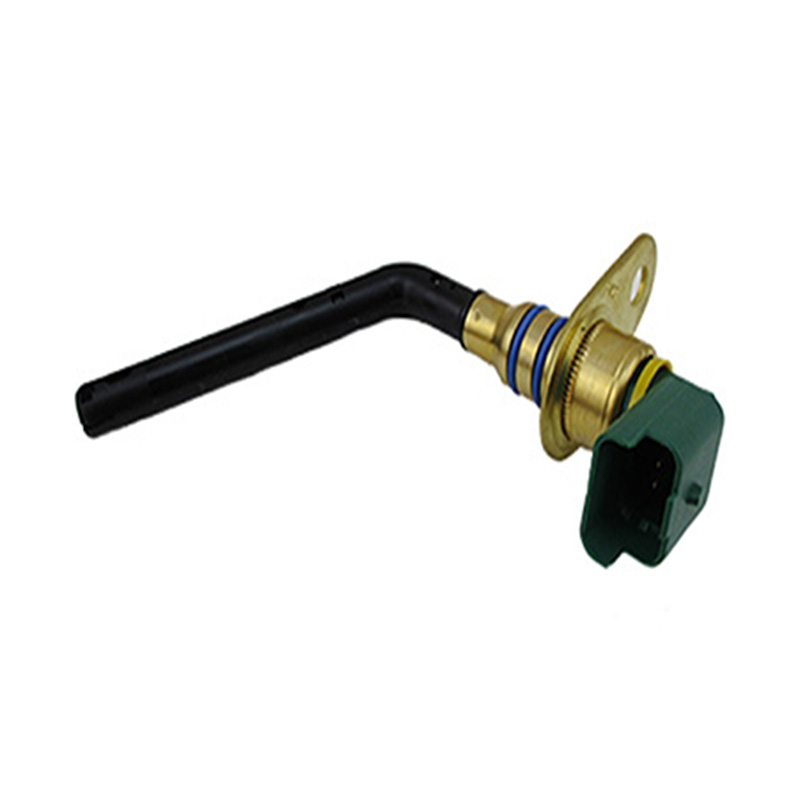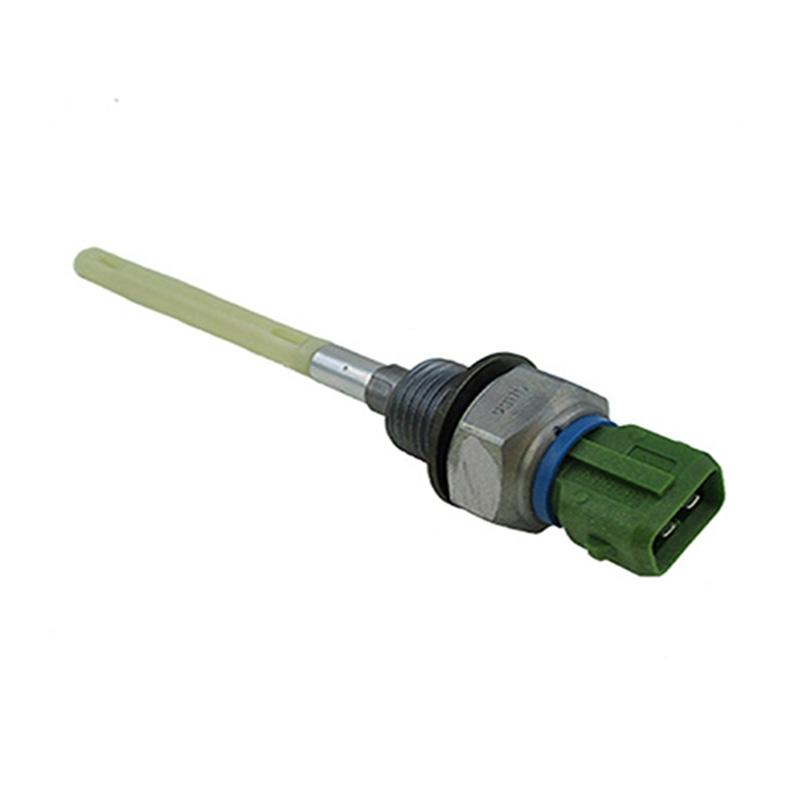OEM.NO: 5WK9621 5WK9621Z 5WK9621I
See DetailsHow a Mass Air Flow Meter Works in Modern Vehicle Engines?
In the world of modern automotive technology, precision and efficiency are central to engine management systems. One of the essential components responsible for maintaining the balance between air and fuel in internal combustion engines is the Mass Air Flow Meter. This device plays a vital role in ensuring that engines operate smoothly, meet emission standards, and deliver reliable performance under a variety of driving conditions.
A Mass Air Flow Meter is a sensor designed to measure the amount of air entering a vehicle’s engine. Accurate air measurement is crucial because the engine control unit (ECU) uses this information to calculate the proper amount of fuel to inject into the combustion chamber. Without a dependable Air Flow Meter, the engine could run too rich or too lean, resulting in decreased fuel efficiency, increased emissions, or engine hesitation.
There are several types of Mass Air Flow Meter designs used in the automotive industry, with hot-wire and hot-film sensors being among the common. These devices typically consist of a heated element positioned in the path of incoming air. As air passes over the element, it cools down the surface, and the sensor adjusts the electrical current needed to maintain a constant temperature. The ECU then interprets these electrical signals to determine the exact volume of air entering the engine.
The accuracy of the Mass Air Flow Meter directly affects engine performance. When the sensor delivers correct airflow data, the ECU can precisely manage fuel injection and ignition timing. This ensures that combustion occurs efficiently, helping the engine maintain a stable idle, smooth acceleration, and consistent power delivery. Additionally, by monitoring airflow data, the ECU can activate other systems such as exhaust gas recirculation and turbocharger boost control as needed.
Modern vehicle engines rely on the Mass Air Flow Meter for more than just airflow measurement. In some systems, it works together with other sensors like the throttle position sensor and intake air temperature sensor to improve real-time adjustments. This cooperative function allows the ECU to respond quickly to changes in driving conditions, whether a driver is accelerating, climbing a hill, or idling in traffic.
Another advantage of using a Mass Air Flow Meter is its ability to assist in maintaining proper emissions control. Accurate air measurement ensures that the catalytic converter operates within its designed range, reducing harmful exhaust gases such as nitrogen oxides and carbon monoxide. Vehicles with a malfunctioning Air Flow Meter often experience higher emissions and may fail regulatory inspections as a result.
Maintenance and care of the Mass Air Flow Meter are essential for long-term vehicle performance. Over time, dust, oil, and debris from the intake air can accumulate on the sensor element, affecting its ability to measure airflow accurately. Many manufacturers recommend periodic inspection and cleaning of the Air Flow Meter using specialized cleaning solutions to restore its sensitivity. Regular maintenance helps prevent common problems such as rough idle, poor fuel economy, and engine warning lights.
Diagnosing a faulty Mass Air Flow Meter typically involves using a diagnostic scan tool to read airflow data and error codes stored in the ECU. Mechanics may also perform visual inspections or functional tests to check for contamination or wiring issues. In cases where the Mass Air Flow Meter has failed, replacement is often the practical solution to restore proper engine operation.
One feature that makes the Mass Air Flow Meter valuable in modern engines is its adaptability to different engine sizes and types. From compact passenger cars to larger trucks and SUVs, manufacturers install various designs of Mass Air Flow Meter depending on the airflow range and environmental demands of the vehicle. This flexibility ensures that each engine receives a sensor tailored to its specific requirements.
Technological advancements have also improved the durability and responsiveness of the Mass Air Flow Meter in recent years. Many modern sensors incorporate self-diagnostic capabilities and enhanced materials that withstand high temperatures and vibration. These improvements reduce the risk of unexpected failures and contribute to overall vehicle reliability.
